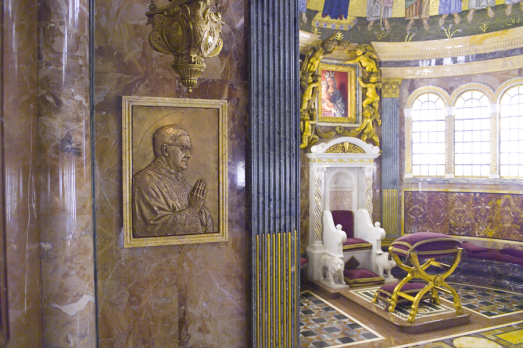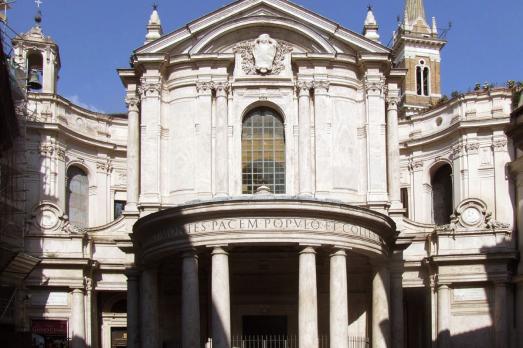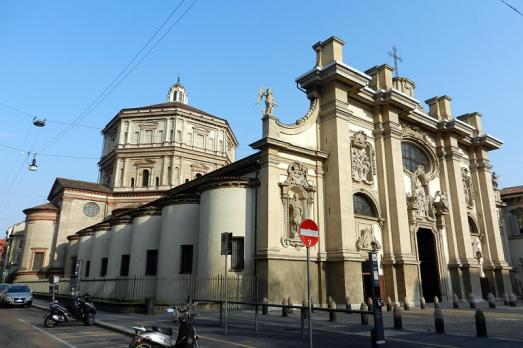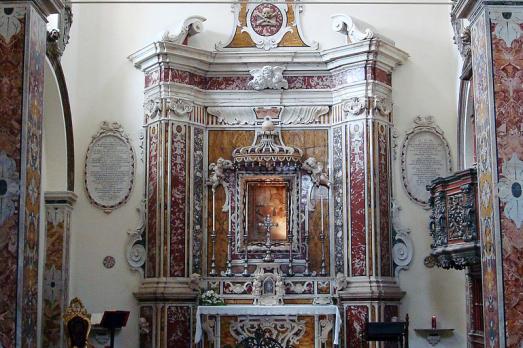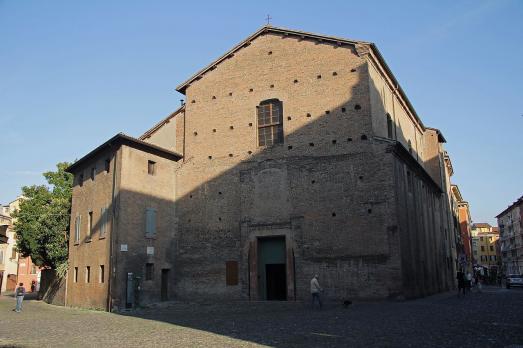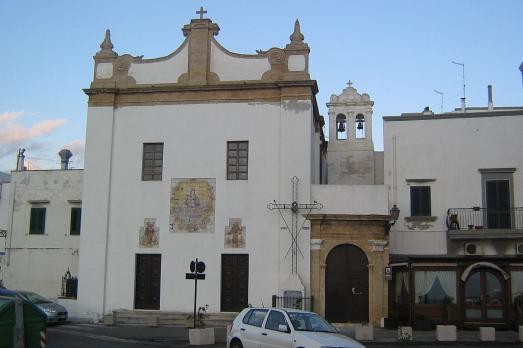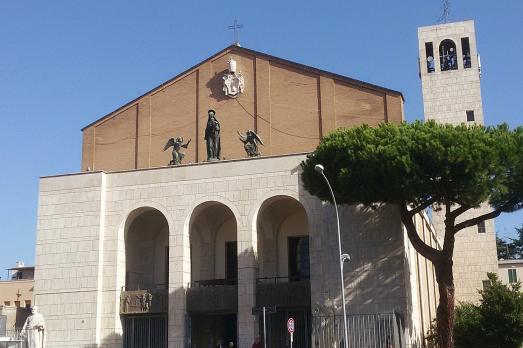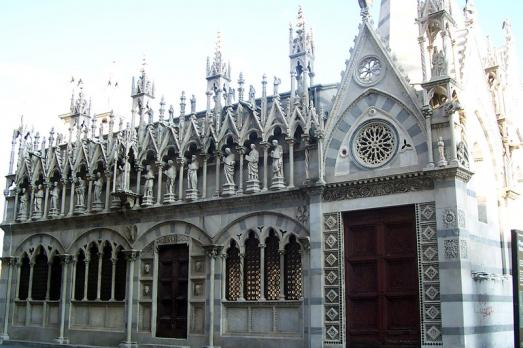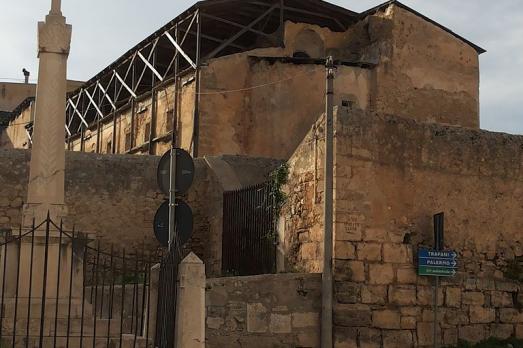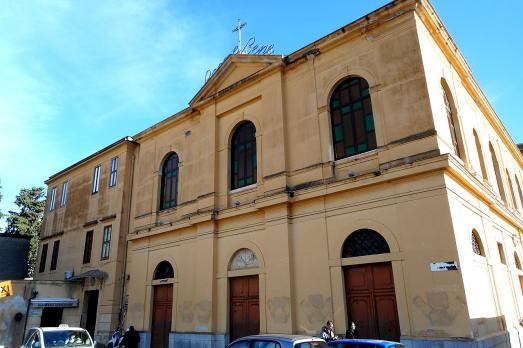
Chiesa di Santa Maria della Pace
Palermo, IT
The church of Santa Maria della Pace, built between 1565 and 1623, is a late Gothic church restored in Baroque style. It is part of the same complex with the convent of the Order of the Capuchin Friars, the Capuchin cemetery and the catacombs. The latter has become a tourist attraction, it contains no less than 8000 bodies and 1252 mummies that were placed there from the 16th to the 19th century.
